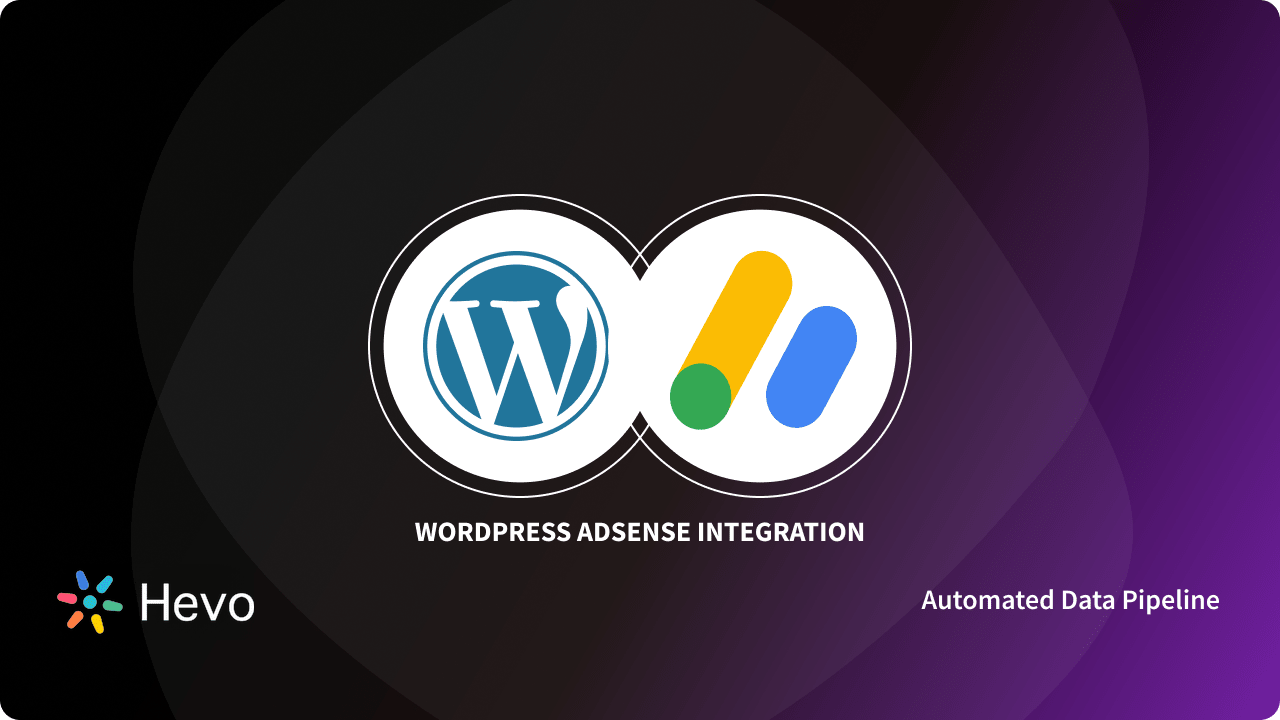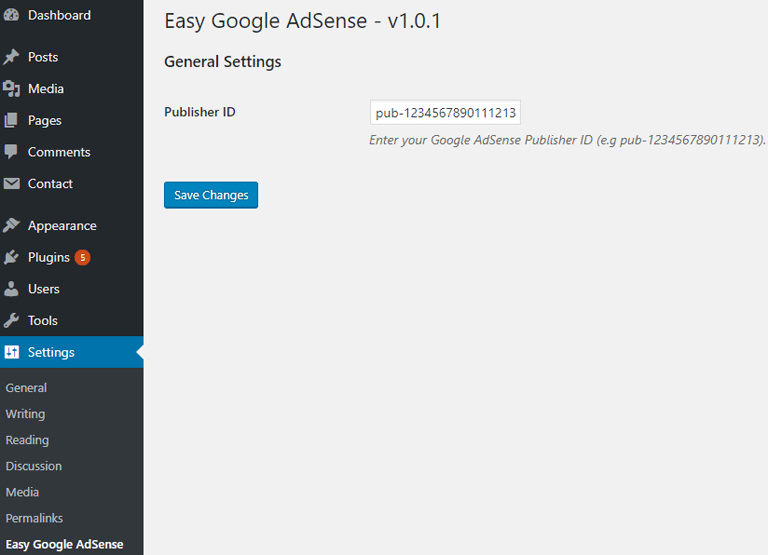Breaking News


Popular News


Integrating AdSense with WordPress is a critical step for bloggers and website owners aiming to monetize their content effectively. This blog post will guide you through mastering AdSense WordPress Integration, covering everything from setting up your AdSense account to installing the necessary plugins and optimizing ad performance. By following these best practices, you will not only streamline the integration process but also maximize your advertising revenue potential. Whether you’re a beginner or looking to improve your current setup, these insights will help you make the most of AdSense on your WordPress site.
Contents
To begin with AdSense WordPress Integration, you need to set up your AdSense account correctly. Here’s a step-by-step guide to get you started:
Sign Up for AdSense:
Provide Your Website Details:
Submit Payment Information:
Verify Your Identity:
Wait for Approval:
With your AdSense account set up, you’re ready to proceed with the AdSense WordPress Integration. This setup is crucial for a seamless integration and optimal performance of ads on your WordPress site.

To ensure a seamless AdSense WordPress Integration, installing and activating the right plugins is essential. Numerous plugins are available; however, choosing the most effective ones can simplify the process significantly. Below are the steps to install and activate AdSense plugins:
Navigate to Your WordPress Dashboard:
Select a Reliable AdSense Plugin:
Install the Plugin:
Configure the Plugin:
| Plugin | Features | Rating |
|---|---|---|
| Site Kit by Google | Easy integration, powerful analytics | 4.5/5 |
| Ad Inserter | Flexible ad placements, advanced options | 4.7/5 |
By following these steps, you’ll achieve a smoother AdSense WordPress Integration. Proper configuration can enhance your ad performance and, ultimately, your revenue.
Optimizing ad performance on your WordPress site ensures that you maximize your revenue from AdSense WordPress Integration. Here are some best practices to achieve this:
1. Place Ads Strategically:
2. Choose the Right Ad Formats:
3. Optimize Page Load Speed:
4. Ensure Mobile Compatibility:
5. Regularly Monitor and Adjust:
By following these best practices, you can significantly improve the effectiveness of your AdSense WordPress Integration, boosting both user engagement and revenue.
Integrating AdSense with your WordPress site involves several steps. First, you need to sign up for an AdSense account and get it approved by Google. Once your account is active, you can generate ad code directly from the AdSense dashboard. Next, install a suitable WordPress plugin like "Ad Inserter" or "Advanced Ads". These plugins provide convenient interfaces for embedding AdSense code into your site. After activating the plugin, paste the generated ad code into the designated areas in the plugin settings. Typically, these areas include header, footer, and various parts of your pages or posts.
Optimal ad placement is crucial for maximizing revenue with AdSense while maintaining a good user experience. Generally, ads perform well when placed above the fold, which is the visible area before scrolling. This includes the header, alongside the main content, and within the first few paragraphs of a post. Other effective placements are the sidebar and the footer. However, it’s important to abide by Google’s policies and avoid overloading your site with ads, which can lead to a poor user experience and possible penalties. Testing different placements and analyzing their performance with AdSense reports can help you find the best configuration for your site.
Compliance with Google AdSense policies is essential to avoid account suspension or banning. Firstly, ensure that your content adheres to Google’s content guidelines; avoid prohibited content like adult material, copyrighted items without permission, or violent themes. Secondly, ensure your site provides a good user experience by having a clean and navigable design. Avoid excessive ad placement that disrupts content visibility or accessibility. Furthermore, include essential pages such as “Privacy Policy” and “Terms of Service”, which inform users about data usage and site regulations. Regularly review Google’s policy updates to stay compliant.
Tracking the performance of your AdSense ads is straightforward with Google’s reporting tools. The AdSense dashboard provides detailed reports on your ad impressions, clicks, and earnings. For better integration with WordPress, you can use Google Analytics along with the “Google Site Kit” plugin. This plugin offers a seamless way to connect your site to both AdSense and Analytics. With Google Analytics, you can gain deeper insights into user behavior, ad performance on specific pages, and overall engagement metrics. By analyzing these reports, you can optimize ad placement and content strategy to improve your AdSense revenue.